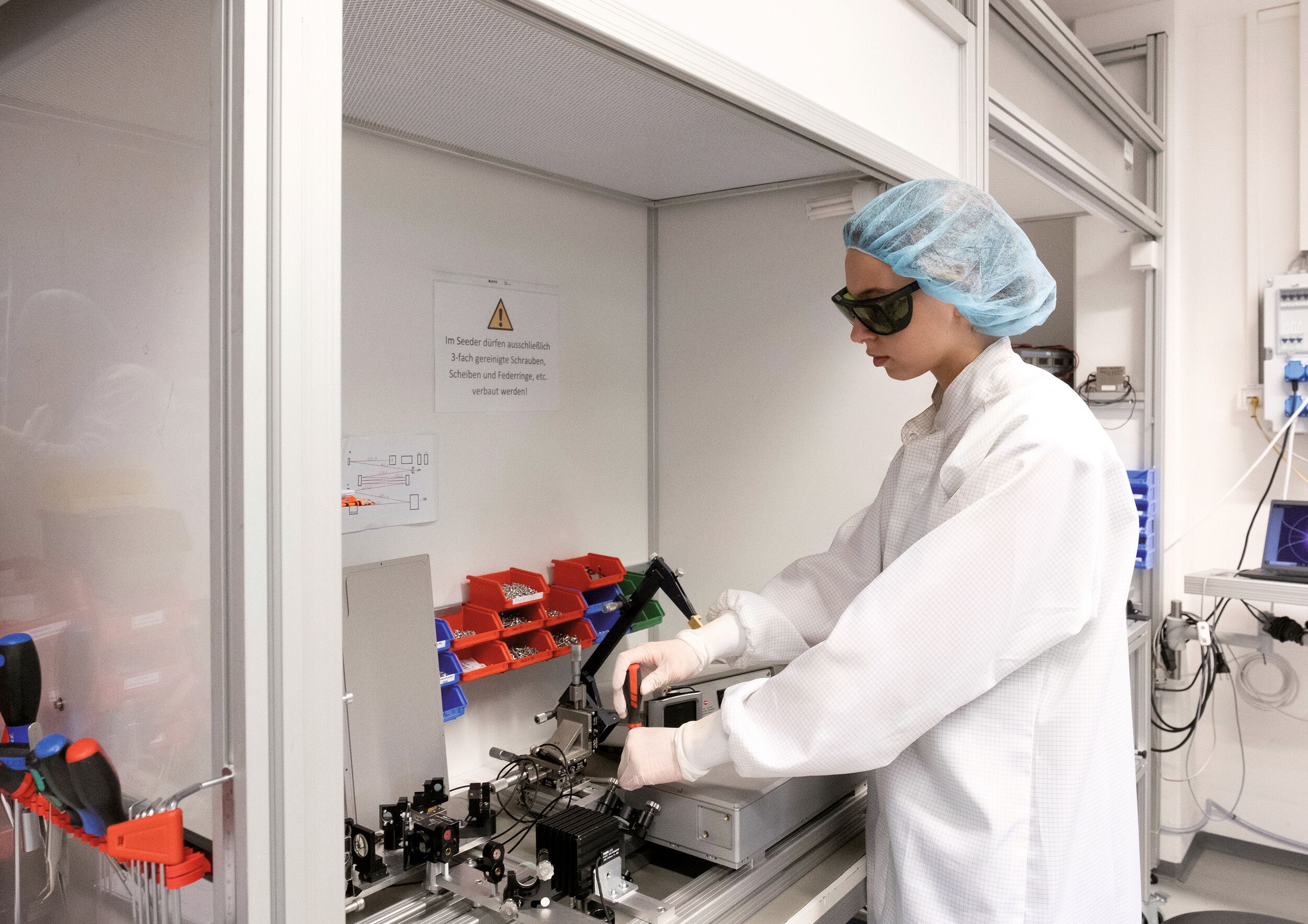Physical engineering
Physical engineering is concerned with translating fundamental findings and research results from the natural sciences, especially physics, into technical innovations.

Overview of the academic discipline
Physical engineering encompasses all modern technologies, for example in the fields of micro- and nanotechnology, semiconductor technology and electronics, surface and thin-film technology, optics and laser technology, medical technology or micro- and nanotechnology.
The results of basic physical research are taken up and transferred into practical applications and technical designs. The aim is to develop useful and sustainable products and processes
The degree programme in Physical Engineering provides a broad range of scientific and technical basic knowledge as well as the skills for interdisciplinary problem solving. Graduates must later be able to develop themselves further in line with changing markets and technical developments and constantly adapt their skillsets.
Which topics are included in the curriculum?
In the Bachelor's degree programme, modules teach the general mathematical, physical, chemical, IT and engineering basic skills. Subject-specific fundamentals are taught in relation to the specialisation of the respective university: Materials science, fluid mechanics and thermodynamics, solid state physics, electronics, automation technology, technical optics, laser physics, technical mechanics, computer science and design theory.
Expertise and methodological skills can be deepened in application-related modules, for example in the areas of measurement and control technology, vacuum and cryogenics, technical optics, nanostructures, medical physics, laser technologies, spectroscopy, technical acoustics or solar technology.
What are the requirements?
Generally speaking, the Physical Engineering degree programmes are free-admission; all that is required is a high level of interest in mathematics, physics and computer science.
What study programmes are there to choose from?
The degree programmes are offered at universities of applied sciences and universities. They have names such as ‘Engineering Physics’, ‘Laser Technology’ or ‘Physical Technologies’.
What they all have in common is a strong link to practice, with many modules taking place at least partly in the laboratory. However, dual study programmes are still the exception rather than the rule.
What job opportunities are there after graduation?
Physics engineers work in all areas of the scientific and technological development chain. Depending on their specialisation and interests, this includes work in research institutes, company development departments, production, planning, sales and service. Physics engineers also work in the automotive and aviation industries, in mechanical and plant engineering, in the semiconductor industry, communications technology, the optical industry or in the fields of laser technology and medical technology.
